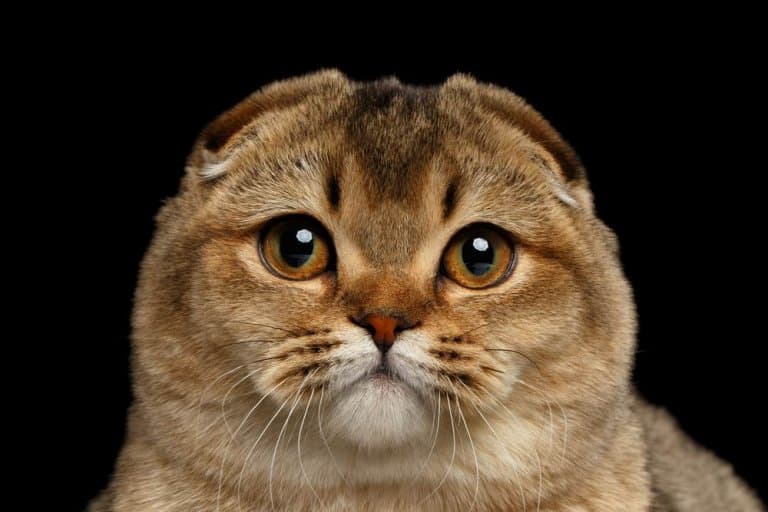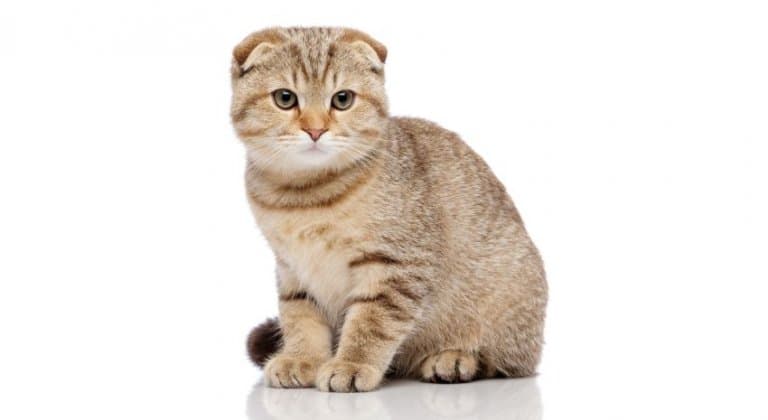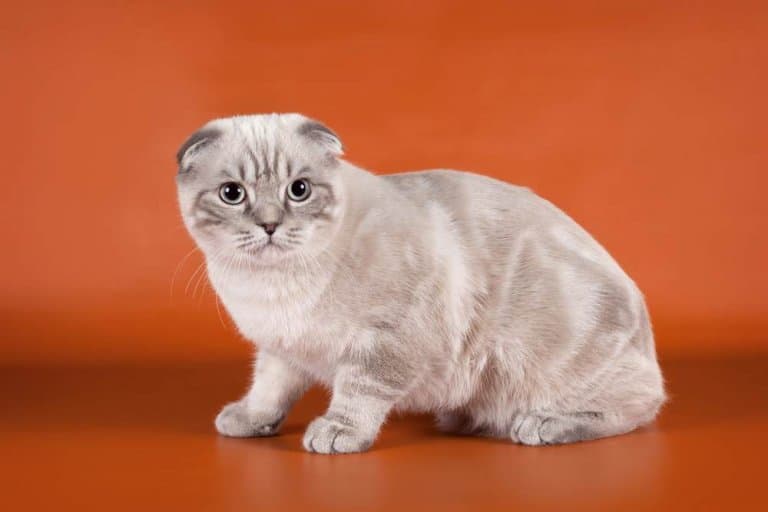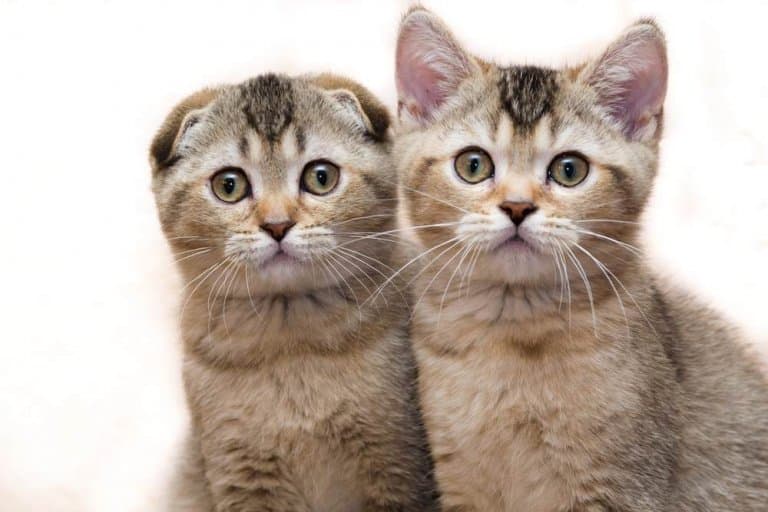
scottish-fold
Family-oriented, quiet, affectionate, loyal
Overview
Origin
United Kingdom
Life Span
13-15 years
Height
8"- 10"
Weight
6-13 pounds
Group
Medium to large short-haired and long-haired
Price
$1000 - $2000
History

The first Scottish Fold was a white barn cat named Susie. Like many cats that capture breeders' interest, Susie had a unique genetic trait: Folded ears caused by softened cartilage that prevented the ears from standing up like an average cat’s ears.
Susie was happily catching mice on a farm in the Tayside region of Scotland when she captured the attention of a shepherd named William Ross. In 1961, he and his wife Mary acquired one of Susie's female kittens when she had a litter by a local tomcat with normal, stand up ears. They named the kitten Snooks and when she reached adulthood, she was mated with a British Shorthair and had a litter of her own.
Some of the resulting kittens had folded ears, leading them to call the new hybrid "lop-eared cats." Ross registered the Scottish Fold cat breed with UK’s Governing Council of the Cat Fancy (GCCF) in 1966.
In 1971, Dr. Neil Todd brought the first Scottish Fold cats to the United States. One of these cats found a home with a Pennsylvania breeder named Sally Wolfe Peters. She is credited with developing the breed as it exists in the United States today. Scottish Fold breeders still outcross Scottish Folds with British Shorthairs or American Shorthairs, which contributes diversity to the gene pool.
By the middle of the 1970s, the Scottish Fold cat had gained official recognition by multiple breed registries. In 1978, the breed was granted championship status by the Cat Fanciers’ Association (CFA). Today, these adorable, personable cats are popular all over the world. The breed is also recognized by The International Cat Association (TICA).
The GCCF withdrew its recognition of the Scottish Fold in 1971 out of concern over potential skeletal defects that can lead to excruciating pain for affected individuals.
Care

Nutrition
The Scottish Fold cat has no special nutritional needs, however we recommend offering a high-quality food with a high level of protein and minimal carbohydrates. If you are offering a commercial brand rather than fresh food, ensure that the first ingredient is real meat or fish.
Grooming
Brush short-haired Scottish Fold once or twice a week to remove any loose hair. Long-haired Scottish Folds require more frequent grooming—daily or every other day—to prevent tangles and mats.
Exercise
The Scottish Fold cat likes to play, particularly when there’s at least one friend to join in the fun. If you have two cats, expect them to run, jump, and climb together. If it's just you and your cat, they'll appreciate every opportunity for interactive play.
Health
The dominant gene that causes a Scottish Fold cat's ears to flop forward can also cause skeletal deformities when Scottish Fold cats with folded ears are bred to one another. For this reason, responsible breeders pair one Scottish Fold with folded ears with a straight-eared Scottish Fold. Breeders can also outcross to one of two breeds, either an American Shorthair or British Shorthair.
Breed Standard

Body
The body has a rounded appearance, and is well-padded. Males may be significantly larger than females.
Head
The head is well rounded, with round whisker pads and prominent cheeks. The chin and jaw are firm. Males may exhibit significant jowliness.
Eyes
The eyes are large and well rounded, separated by the nose, which is broad. The eyes have a sweet expression and a wide, open appearance. Eye color corresponds with coat color.
Ears
The Scottish Fold cat’s ears are small, folded forward and downward, and set to expose the head’s rounded cranial structure.
Color
The Scottish Fold may be any color or pattern. Buttons and lockets are permitted. Nose leather and paw pad color correspond with coat color.
Coat
The coat may be long or short. Short-hair Scottish Fold cats have a dense, plush coat with a soft texture, with hair that stands away from the body. Medium-long to long-hair Scottish Fold cats have a full coat with toe tufts, a ruff, britches, ear furnishings, and a pronounced tail plume. In long-haired cats, short facial hair is permissible. Long-haired Scottish Folds are sometimes called Highland Fold cats.
Tail
The Scottish Fold cat has a medium to long tail that is in proportion to the body. The tail tapers, and has a rounded tip rather than a whippy appearance.
Legs & Paws
The legs are strong and proportionate to the body. The feet are well rounded.
Personality & Temperament

With just one look at the adorable Scottish Fold cat, it’s easy to see how this breed got its name! With their folded ears and sweet expressions, these family-friendly cats are cute beyond compare. Scottish Fold cats get along well with kids and other pets, including friendly cats and well-behaved dogs.
Gentle and playful, Scottish Fold cats are less rambunctious than many other breeds. They are happy to spend time simply enjoying your company, and they're likely to follow you throughout the house as you complete your daily routine.
If you're someone who is looking for a cat that likes to converse, consider a Scottish Fold. Some vocal breeds like the Siamese are quite loud, but the Scottish Fold's voice is much quieter. These cats can develop quite an interesting vocabulary, which they use to express themselves and chat to you about everything from the level of food in their dish to the fact that it's time for you to wake up in the morning. Talk to a Scottish Fold, and you can expect quite a bit of chatter in return.
Scottish Fold cats enjoy company and dislike being left alone. Luckily, these cats are perfectly happy with companionship from another animal on those days when you need to work or spend several hours per day away from home for another reason,. When you return, you can count on a happy greeting.